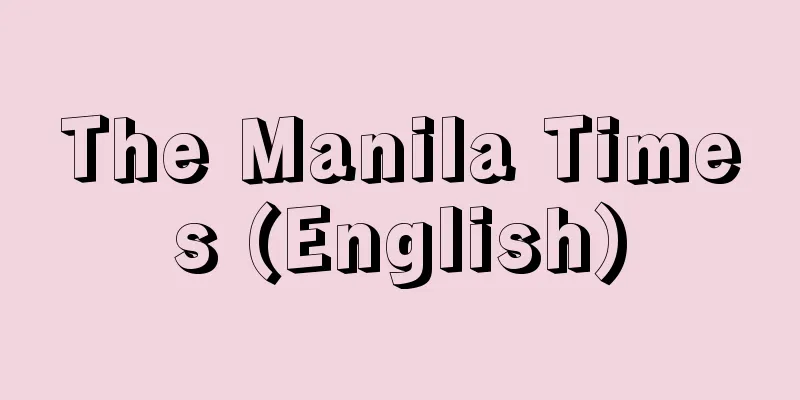Bugaku

|
A type of performance style of gagaku. Dance accompanied by Togaku or Koma music. As opposed to "Kangen". In principle, this does not include ritual music dances such as Azuma Asobi (a dance of the Eastern style) and Yamato Mai (a dance of the Japanese style) that are included in the broad definition of gagaku. Since the Nara period, it has been adopted for various events and religious ceremonies at the Imperial Court and temples and shrines, and has been passed down as the most central and important part of so-called gagaku. Today, this tradition is carried on by the Imperial Household Agency's Music Department and several other organizations and temples and shrines around the country, and some folk performing arts also convey its influence. Bugaku consists of two styles and traditions: the left style, which uses Togaku as accompaniment, and the right style, which uses Koma music as accompaniment. These two styles and traditions are treated as contrasts in all aspects of bugaku etiquette, such as the dance movements, the way the dancers enter and exit the stage, the costumes, and the masks. In program organization, there is a system of "pair dances" where similar dancers are paired on the left and right. In terms of dance appearance, there are two types: "hiramai" where four, six or eight dancers dance gracefully in a line, and "hashirimai" where one or two dancers move freely around the stage, the latter also called "hashimono". Depending on whether or not dance props are used, it can also be divided into "bunnomai" and "bunomai". Today, the number of pieces performed by the music club is about 30 pieces for the left side and about 20 pieces for the right side. Source: Encyclopaedia Britannica Concise Encyclopedia About Encyclopaedia Britannica Concise Encyclopedia Information |
|
雅楽の演奏様式の一種。唐楽や高麗 (こま) 楽を伴奏とする舞踊。「管弦」に対する。広義の雅楽に含まれる国風 (くにぶり) 歌舞の東遊 (あずまあそび) ,倭舞 (やまとまい) など儀式音楽の舞は原則としてこれには含まない。奈良時代以降,宮廷や社寺の各種行事や法会などに採用され,いわゆる雅楽の最も中心的,重要な部分として継承された。今日,宮内庁楽部のほかいくつかの団体および各地の社寺でこの伝統を受継いでおり,民俗芸能のなかにもその影響を伝えているものがある。舞楽は唐楽を伴奏音楽とする左方と,高麗楽を伴奏音楽とする右方という2つの流儀と伝統から成る。この2つは舞の振り,舞人の登退場の法,装束,面など舞楽作法の全般にわたって対比的に取扱われた。番組編成においては,舞姿の似たものを取合わせて左右の舞を対にする「番 (つがい) 舞」の制がある。また舞容から,4人,6人または8人の舞人が列をなして優雅に舞う「平舞 (ひらまい) 」と,1人,2人の舞人が舞台上を闊達に動き回る「走舞 (はしりまい) 」の2種があり,後者は「走物」とも呼ばれる。また舞具を用いるか否かで「文舞 (ぶんのまい) 」と「武舞 (ぶのまい) 」に分けることもある。今日楽部で演奏される曲数は,左方三十数曲,右方二十数曲である。
出典 ブリタニカ国際大百科事典 小項目事典ブリタニカ国際大百科事典 小項目事典について 情報 |
Recommend
Voroshilov, Kliment Efremovich
Born: February 4, 1881, Ekaterinoslav [Died] Decem...
"Inaka Genji"
...Only the drafts of chapters 39 and 40 remain. ...
Equ
...Abbreviation: Equ. A small constellation in th...
Yamaguchi [Village] - Yamaguchi
A village in Kiso County, in the southwestern tip ...
Hieron [II] - Hieron
King of Syracuse in Sicily (reigned 269-215 BC). I...
Intellectual
〘 noun 〙 (abbreviation of "intelligentsia&quo...
Torricelli's theorem
Put liquid in a container and make a hole in the ...
Financial analysis - zaimubunseki (English spelling) financial analysis
Also known as financial statement analysis. Analys...
Spessartine
...It is one of the important rock-forming minera...
Nikjo Chozan - Nikjo Chozan
? - 1577 (Tensho 5) A political monk during the Od...
Oxidase - Oxidase
A type of oxidoreductase. In the broad sense, it ...
Israel Philharmonic Symphony Orchestra
...Composers include Paul Ben-Haim, Ben-Zion Orga...
Ferdinando IV
… When the War of the Spanish Succession began, t...
Face show silence - Face show silence
...It is thought that in Edo Kabuki during the An...
Razin, ST (English spelling) RazinST
…Under these circumstances, between the spring of...









